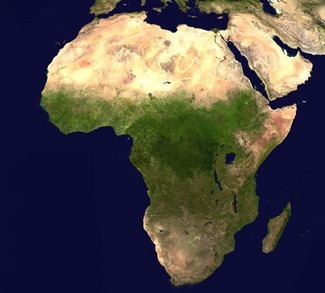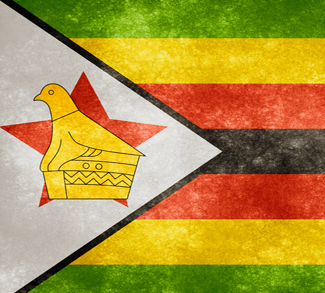On September 9, 2024, the Japanese Maritime Self-Defense Forces (JMSDF) announced that it will enact a major structural reorganization. The Japanese Ministry of Defense (MoD) said that a “Fleet Information Warfare Command” (FIWC) will be established in the future within the JMSDF, which will replace the Fleet Intelligence Command (FIC). It was reported that other units, including the Oceanography ASW Support Command, Guard Post, and Communications Command will be integrated into the FIWC. The new command would tackle information warfare (IW) and intelligence operations threats; according to the US Navy, IW is defined as focusing on “technical aspects such as communications, data, networks, cyberspace and electronic warfare.”
The upcoming establishment of the FIWC would strengthen the JMSDF’s IW capabilities and take on new geopolitical challenges that would otherwise impede the JMSDF’s ability to immediately respond to military threats and emerging technologies in space, cyber and electromagnetic domains.
Under the Defense Buildup Program policy paper released in 2022 by the MoD, the upcoming FIWC would strengthen response capabilities and establish a system “capable of rapid decision-making.”
The unit is due to be fully established in 2025 with 2,000 personnel recruited and trained. The JMSDF is using the US Navy’s US Fleet Cyber Command/10th Fleet to structure its own command, which will consist of an Operational Intelligence Group and Cyber Defense Group. The unit will be tasked with conducting electronic warfare operations to disrupt enemy communications, control, and command functions while ensuring the safety and protection of the JMSDF’s own communications systems. Other tasks include acoustic intelligence (ACINT), such as submarine sound signature analysis, cyber warfare, electronic warfare, and C4ISR.
Japan’s Defense Buildup Policy originally raised the need to introduce the use of unmanned aerial vehicles (UAV), unnamed surface vehicles (USV), and unmanned underwater vehicles (UUV) to have a multilayered surveillance posture to enhance surveillance capabilities. In addition, the FIWC is expected to have no vessels in its asset mix, similar to the Fleet Cyber Command/10th Fleet, instead acting as the JMSDF’s intelligence and information warfare command. The upcoming reforms would also facilitate collaboration between the JMSDF and United States on cross-domain operations in joint missions.
To ensure that the new command is fully established and staffed by 2025, the JMSDF has conducted IW training exercises and visits to friendly countries to allow future FIWC staff to gain working experience. In December 2021, the JMSDF participated in ANNUALEX-2021, serving as the first IW-based exercise with the US Navy (USN) as both forces worked on integrated command and control systems, and collaborative threat and environmental assessments. In February 2024, the JMSDF participated in a joint exercise with the British Royal Navy (RN) in a simulated cyber-attack exercise concerning a country in the Indo-Pacific. This was followed in May 2024 with the signing of the Memorandum of JMSDF-US Pacific Fleet-Royal Australian Navy IW (Information Warfare) Cooperation. The memorandum calls for cooperation with the JMSDF, US Navy, and Royal Australian Navy (RAN) on non-kinetic information operations related to intelligence, communications, meteorology/oceanography, electromagnetic, cyber, and space domains. The JMSDF and the RAN conducted a bilateral conference in September 2024 to reaffirm cooperation on working together to tackle non-kinetic information operations and share situation awareness of the current security environment in the Indo-Pacific. Vice Admiral Kelly Aeschbach of the US Navy Naval Information Forces (NAVIFOR) in 2023 has mentioned that Japan has been consulting with the United States on IW, as the country continues to invest in IW capabilities.
The upcoming establishment of the FIWC would greatly improve the JMSDF’s information warfare capabilities over the long run. The Defense Buildup Policy has raised concerns that Japan needs to immediately prepare and reinforce the Multi-Domain Defense Force (MDDF) concept to take on multiple hostiles across the space, cyber, and electromagnetic domains. It would help Japan to work with the United States to enhance deterrence capabilities by integrating them with each other, as the latter has considerable experience conducting IW operations. While it will be at least a year before the FIWC can be established, conducting exercises and participating in conferences dedicated to understanding and preparing for actual IW operations would enhance the JMSDF’s understanding and prepare it for if and when the FIWC needs to participate in IW defensive missions.




